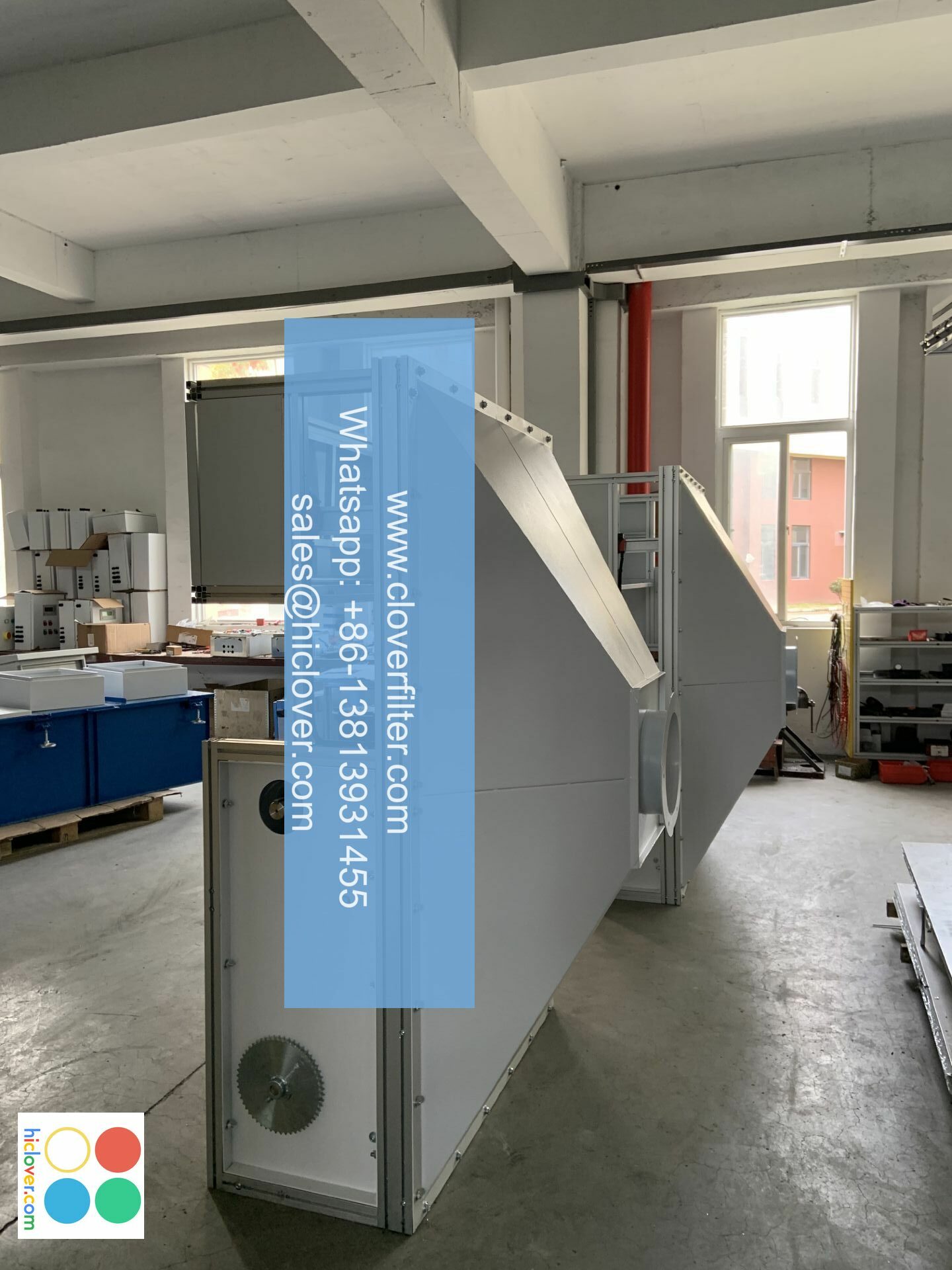A Comparative Analysis of Air Filter Movements and Traditional Filters

The air filtration industry has witnessed significant advancements in recent years, with the emergence of air filter movements and the continued use of traditional filters. In this article, we will delve into a comparative analysis of these two types of filters, highlighting their key differences, application areas, and performance metrics. We will also explore the benefits of air filter movements and the drawbacks of traditional filters, providing an in-depth understanding of the air filtration market.
Introduction to Air Filter Movements
Air filter movements, also known as advanced air filtration systems, have gained popularity in recent years due to their high-efficiency filtration capabilities and energy-efficient designs. These systems utilize cutting-edge technologies, such as nanofiber filtration and electrostatic precipitation, to capture ultra-fine particles and gaseous pollutants from the air. Air filter movements are widely used in industrial applications, commercial buildings, and residential areas to improve indoor air quality and reduce air pollution.
Traditional Filters: An Overview
Traditional filters, on the other hand, have been used for decades to remove particulate matter and contaminants from the air. These filters typically employ fibrous materials or activated carbon to capture larger particles and odors. While traditional filters are cost-effective and easy to maintain, they often lack the high-efficiency filtration capabilities of air filter movements. Traditional filters are commonly used in residential areas, small commercial spaces, and industrial applications where basic air filtration is required.
Comparative Analysis: Air Filter Movements vs. Traditional Filters
A comparative analysis of air filter movements and traditional filters reveals significant differences in their performance metrics, application areas, and benefits. The following table highlights the key differences between these two types of filters:
| Filter Type | Filtration Efficiency | Application Areas | Maintenance Requirements |
|---|---|---|---|
| Air Filter Movements | High-efficiency filtration (up to 99.97%) | Industrial, commercial, residential | Regular maintenance required |
| Traditional Filters | Basic filtration (up to 80%) | Residential, small commercial, industrial | Easy maintenance |
Application Areas: Where Air Filter Movements Excel
Air filter movements excel in industrial applications, such as manufacturing facilities, pharmaceutical plants, and food processing industries, where high-efficiency filtration is crucial to maintain product quality and worker safety. Additionally, air filter movements are widely used in commercial buildings, such as office spaces, hospitals, and shopping malls, to improve indoor air quality and reduce air pollution.
Conclusion: The Future of Air Filtration
In conclusion, air filter movements offer superior filtration capabilities, energy-efficient designs, and advanced technologies compared to traditional filters. While traditional filters are cost-effective and easy to maintain, they lack the high-efficiency filtration capabilities required in many industrial and commercial applications. As the air filtration market continues to evolve, air filter movements are likely to become the preferred choice for indoor air quality and air pollution control. By understanding the key differences and application areas of air filter movements and traditional filters, individuals and organizations can make informed decisions about their air filtration needs and invest in the right technology to improve indoor air quality and reduce air pollution.
You haven’t provided a question or topic for me to address. Please provide more details or clarify what you would like to discuss, and I’ll do my best to assist you.

